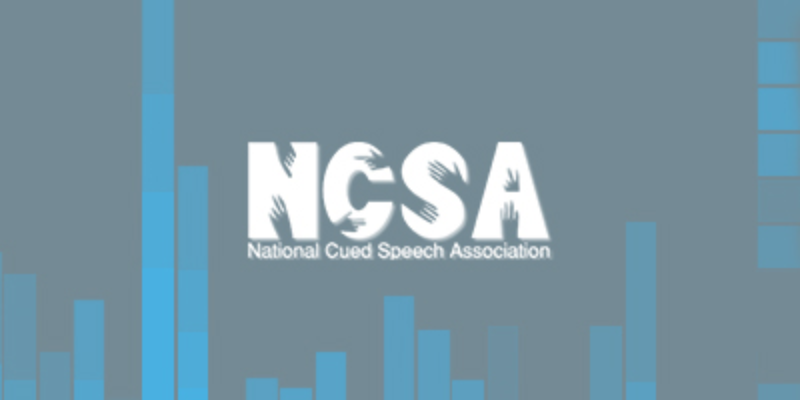By Pamela H. Beck
Speech pathologists were the first persons — beginning in the early 1980’s — to begin using Cued Speech with children with Down Syndrome and other developmental disabilities. Parents and educators followed their lead.
This author has experience with three children with Down Syndrome, two boys six years old and a girl 4 years old. Each child was unique.
The parents were interested in developing their children’s speech. I taught the boys as a group (along with several normally-developing siblings) for an hour each week for about a year.
We used Ling’s sequence of introducing sounds to deaf children. We focused on listening, cueing, and correct articulation for the individual sounds. The target sounds were practiced in words and phrases describing objects they held and activities we were doing. The children were required to mimic the cueing as well as the speech and language, because the motoric formation of the cues while speaking provides important patterning information and practice. (This is important also for effective use with children with apraxia.)
One boy was loquacious, but poor articulation and mis-ordering of phonemes made him difficult to understand. His mother used Cued Speech to correct his articulation and pattern the elements in his speech. She found that cueing helped him focus on the speaker’s face and articulators, and helped him pay attention auditorily. These factors enabled him to be more precise.
The second boy was very quiet. A number of speech therapists had tried numerous techniques unsuccessfully to have him use his voice. My breakthrough with him came by having him alternate whispering and yelling, so he knew it was okay not to use voice at times and he could control it.
His mother used cueing and talking as a fun thing to do in the bathtub, swimming, swinging, and with music. She found that the motor aspects of his cueing transferred the tension from his oral musculature to his hand, releasing and making it easy and fun for him to talk.
The third child I observed interacting with her mother who cued and had her imitate sounds, syllables and words. This child was younger and at a lower developmental level. She used a few signs. Note that signs look so different from cues that I have never known a child confused by using both.
Parents must evaluate their child’s attributes and capabilities and consider if Cued Speech will serve them and their child well. Certainly, the phonemic foundation of Cued Speech is helpful to any child. Nothing is lost by trying it conscientiously, and you may gain considerable benefits.




